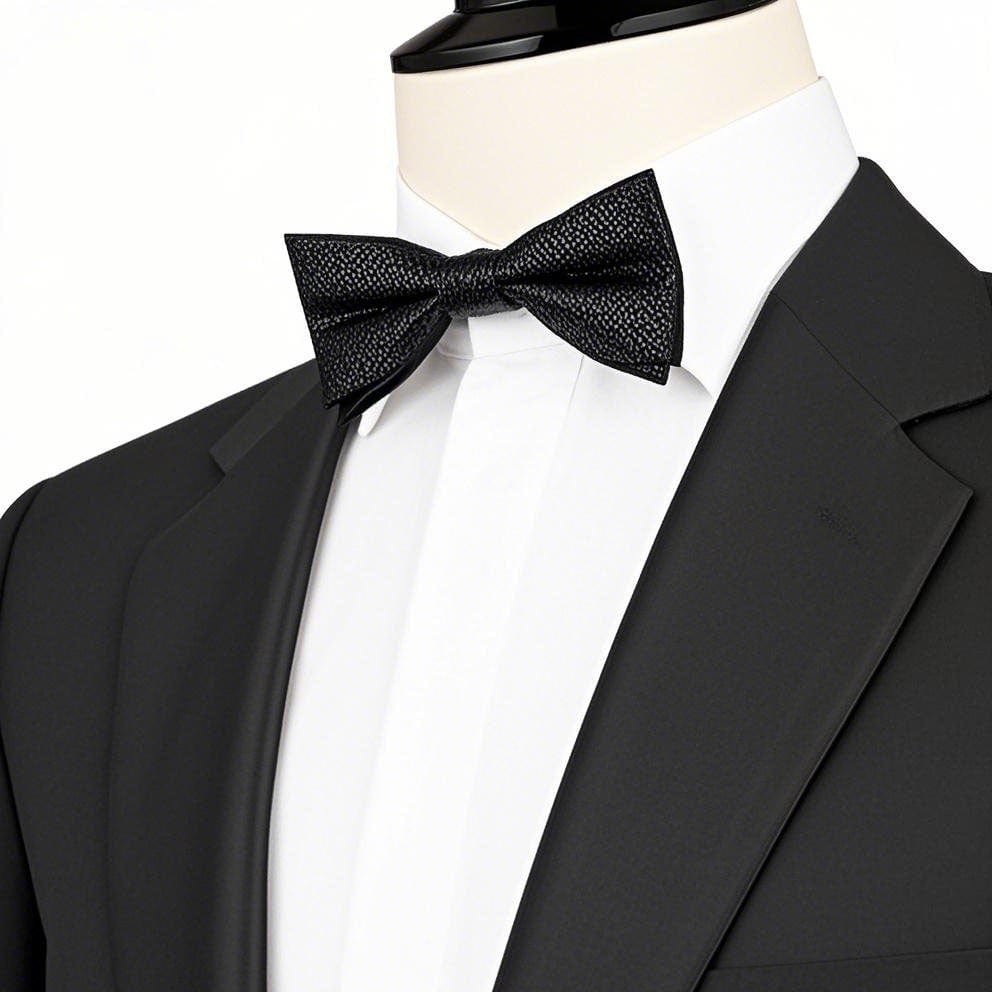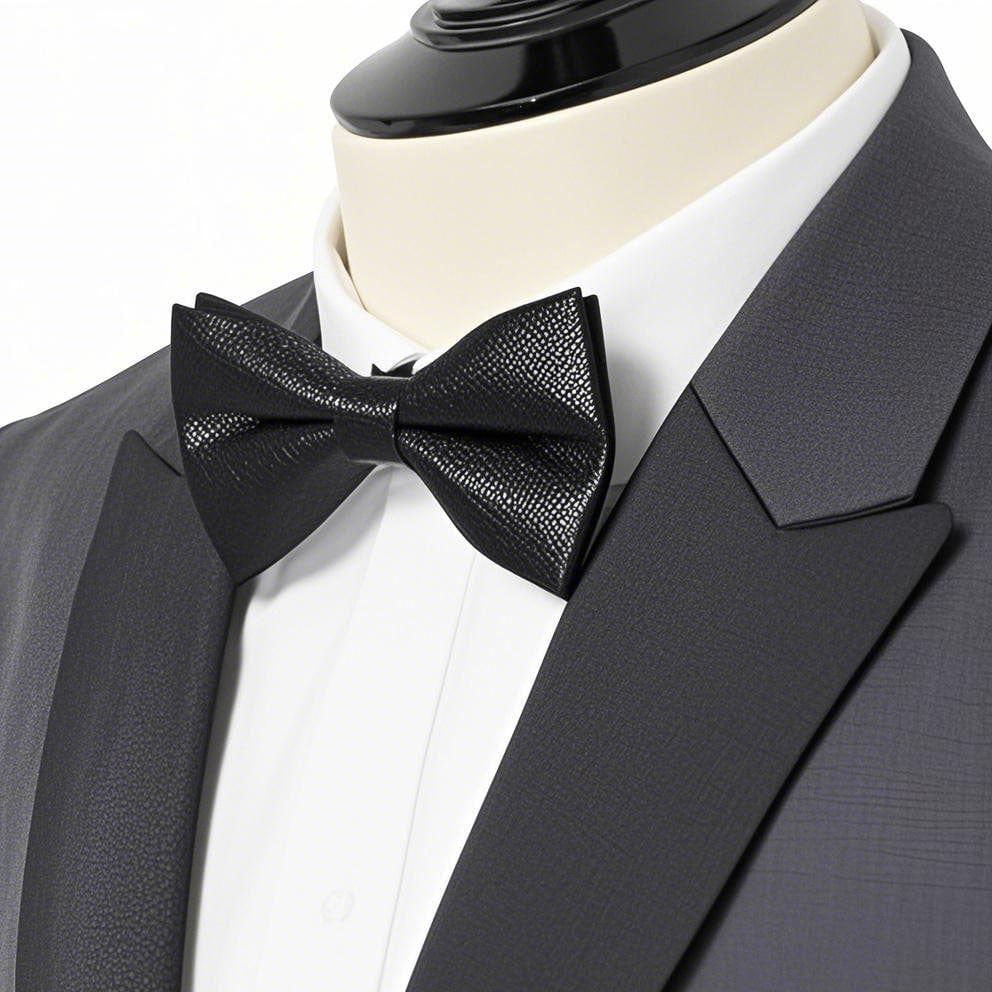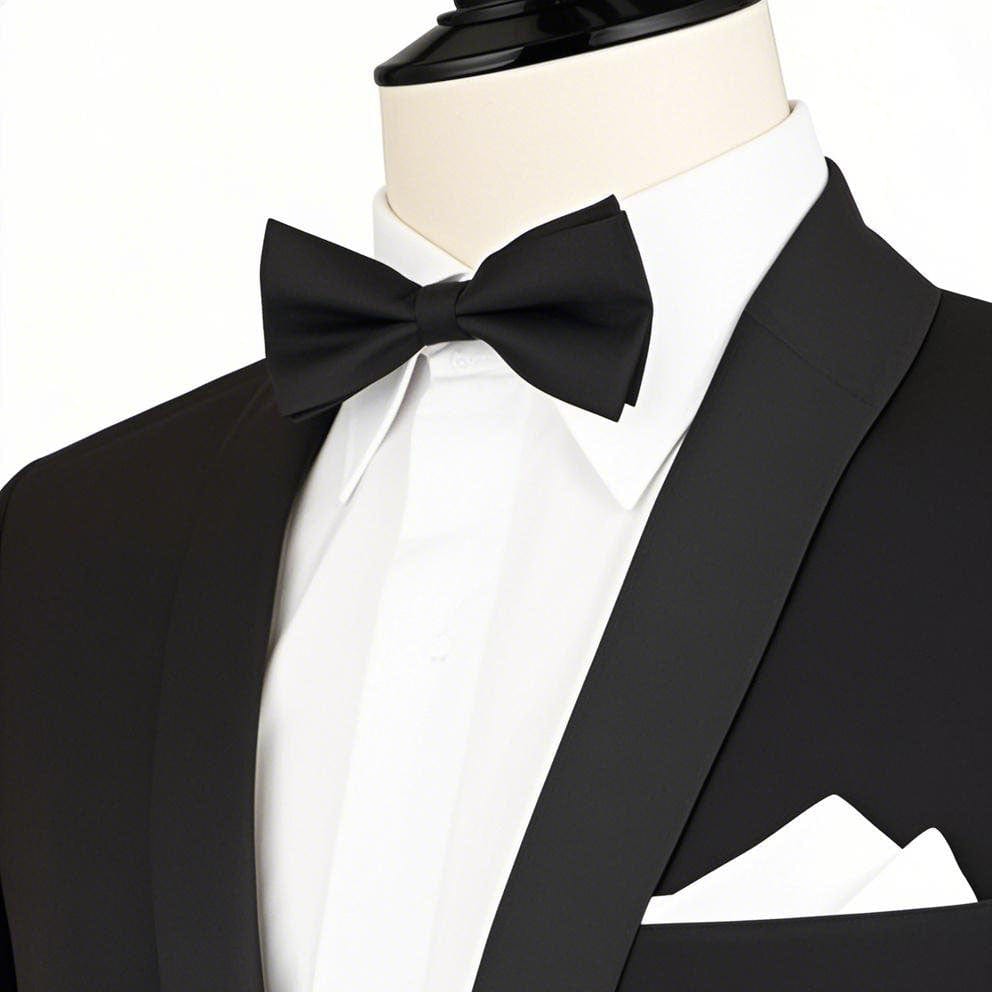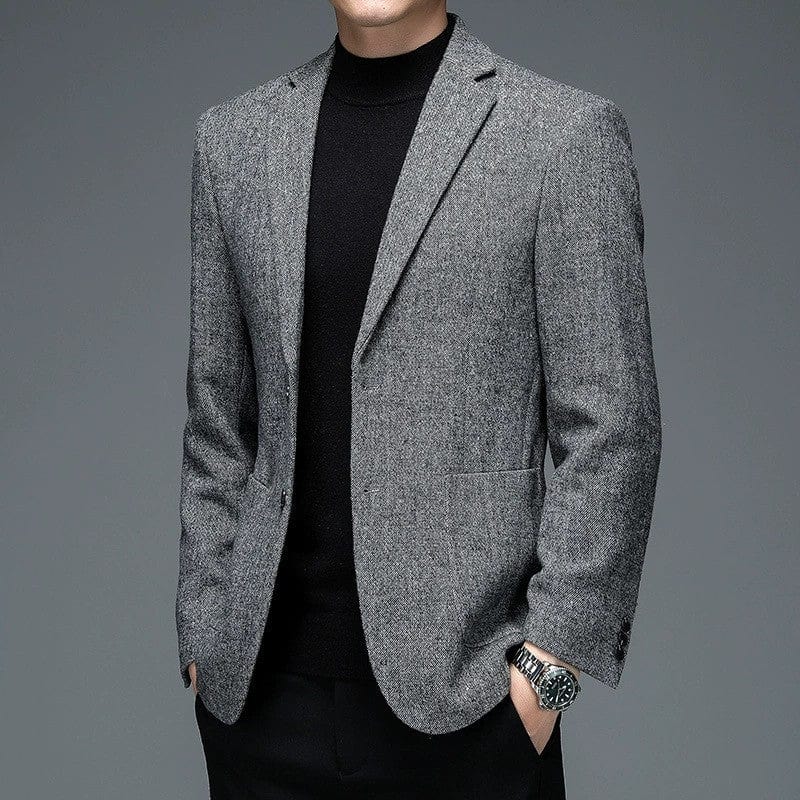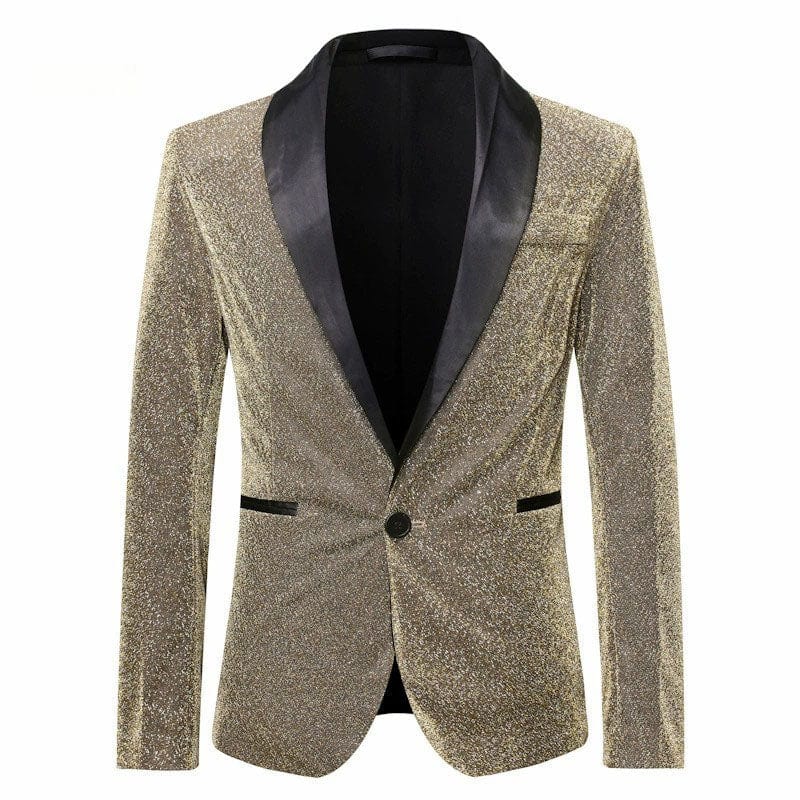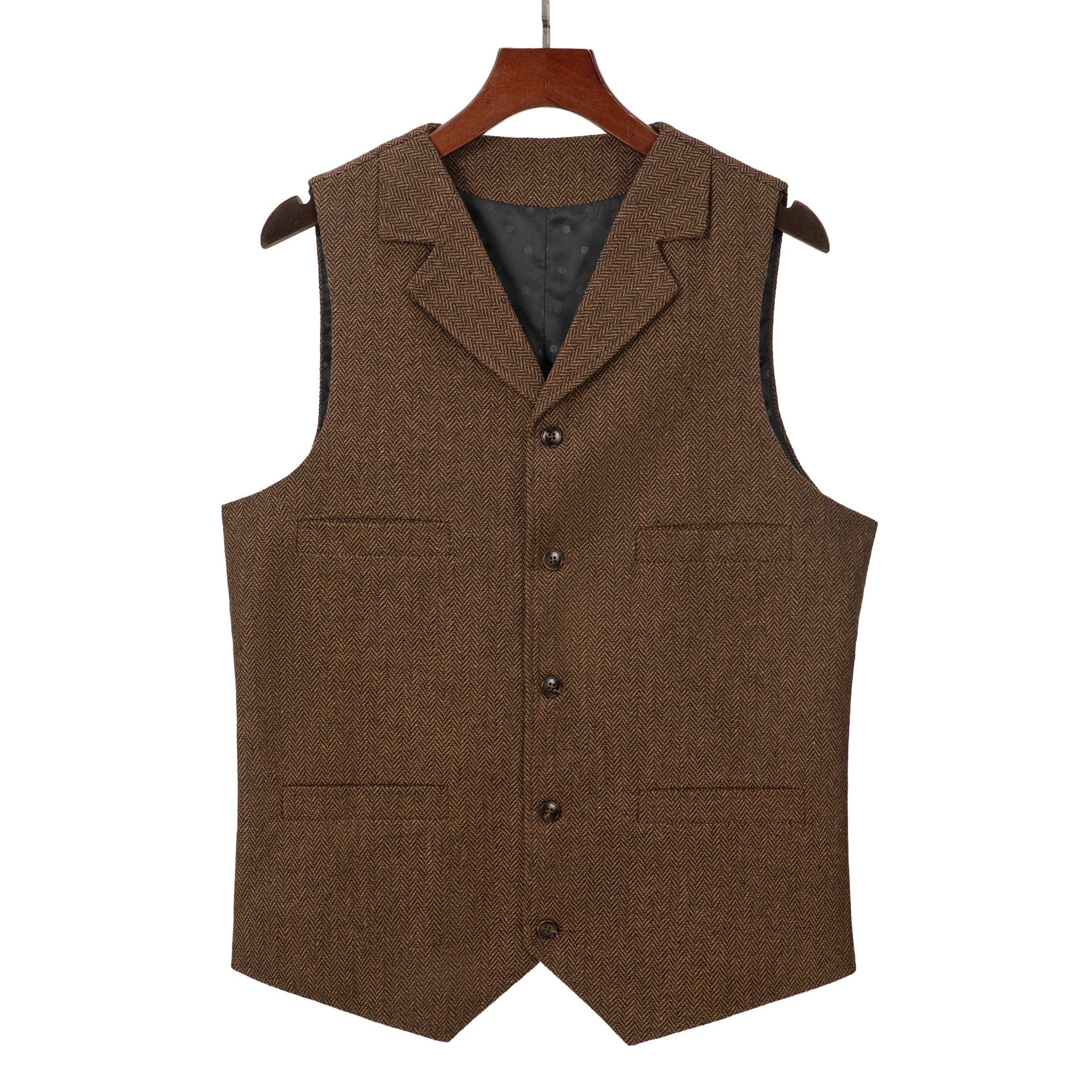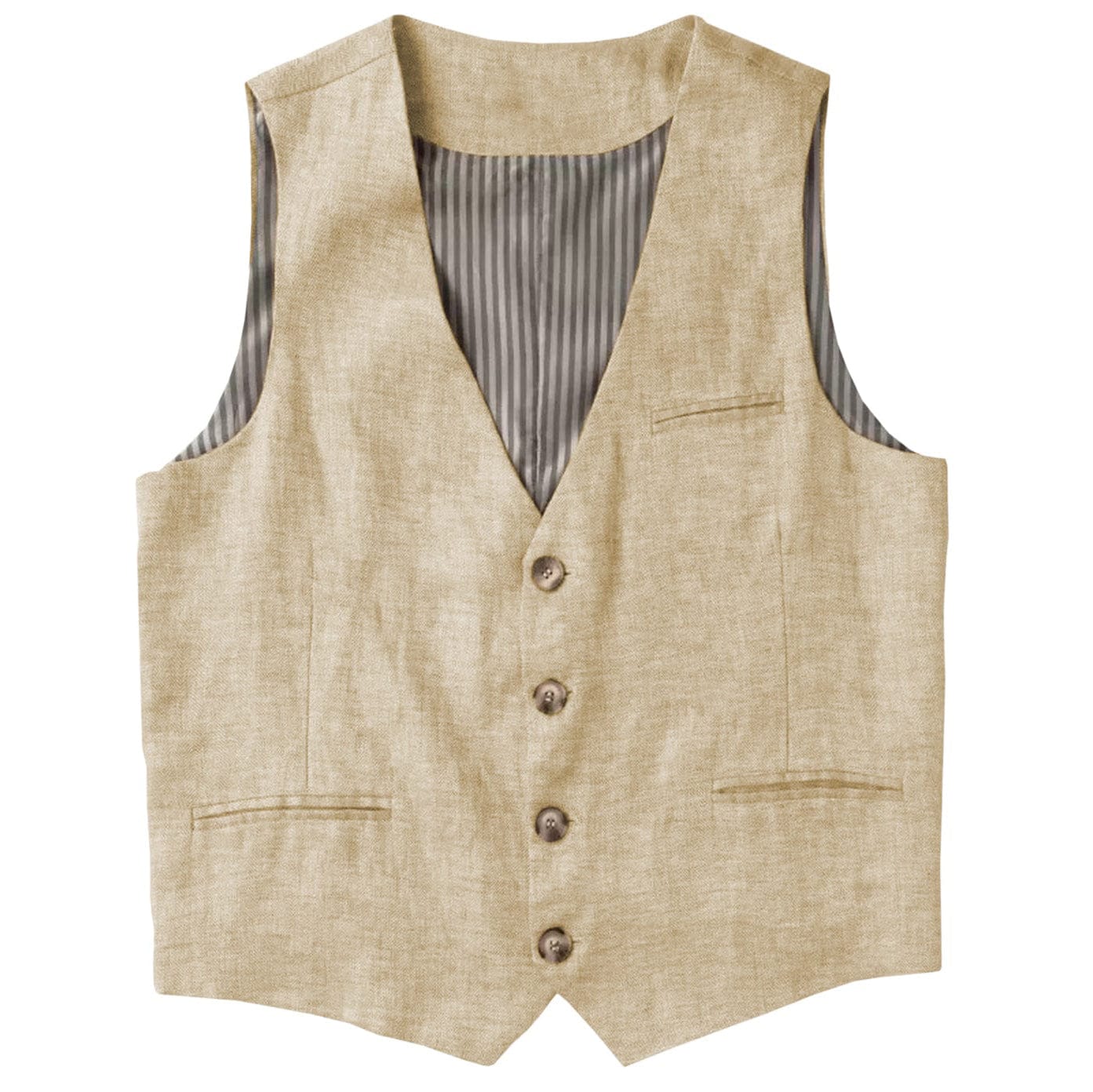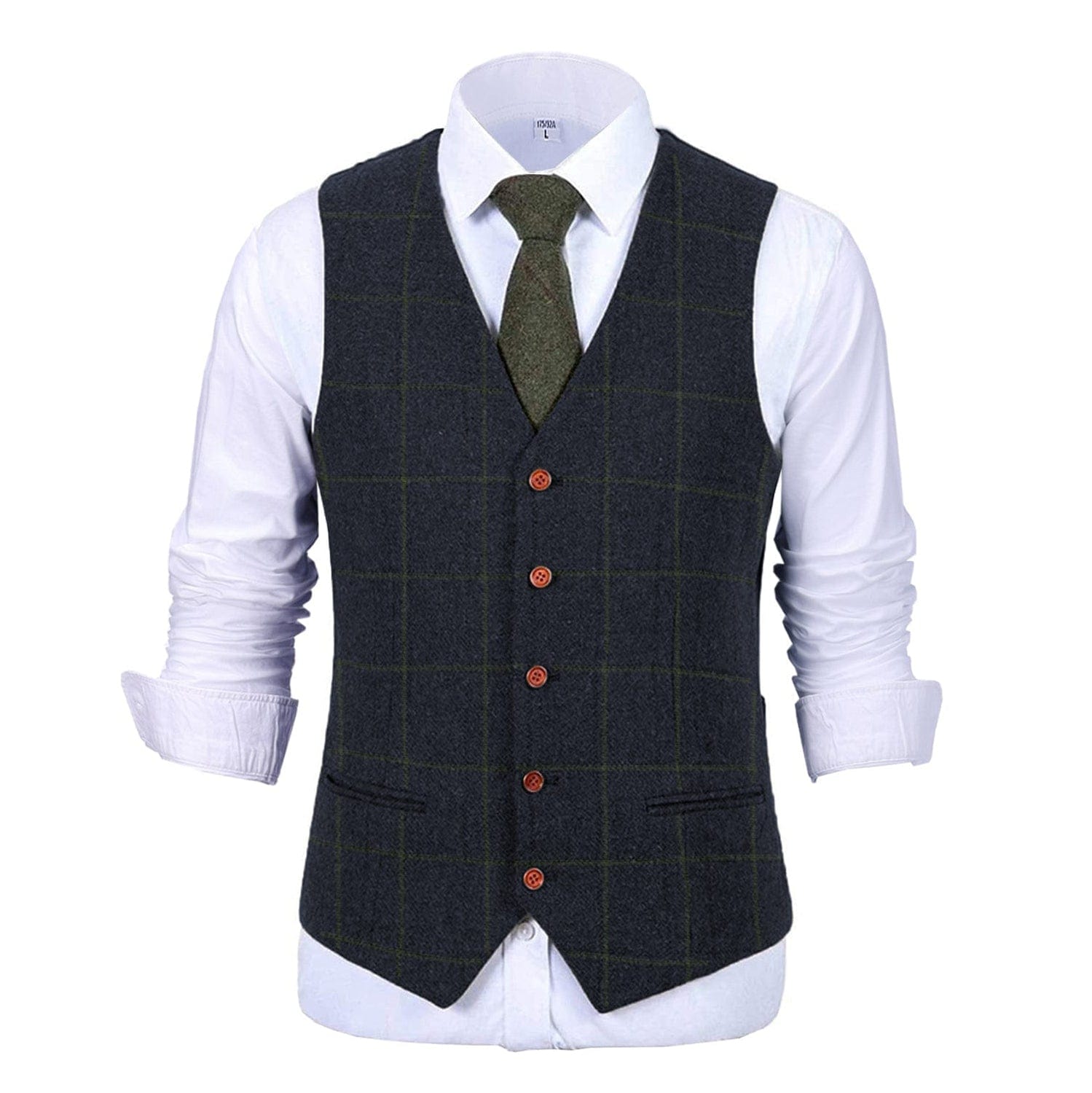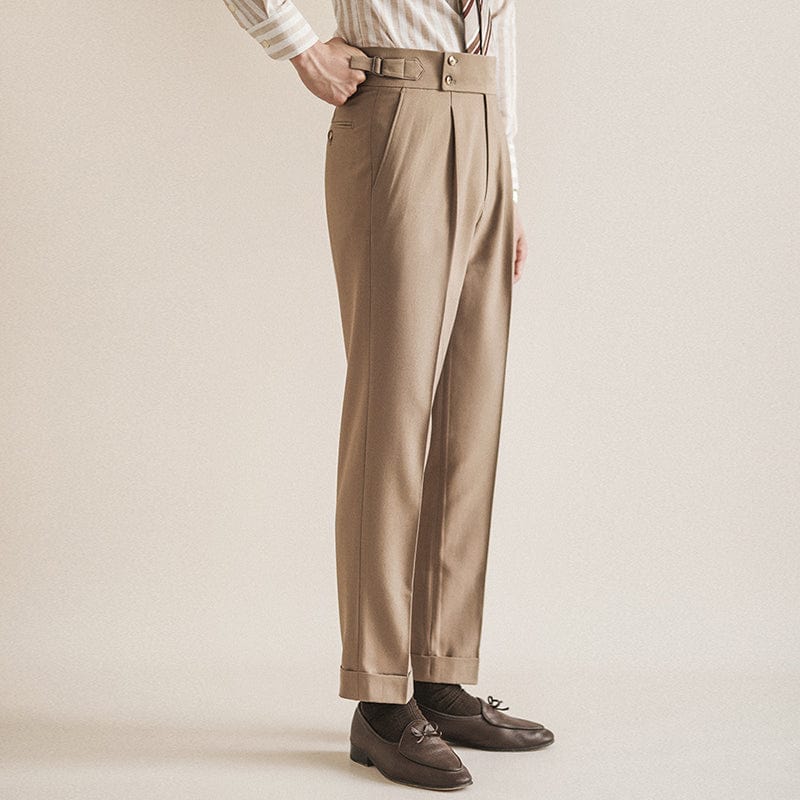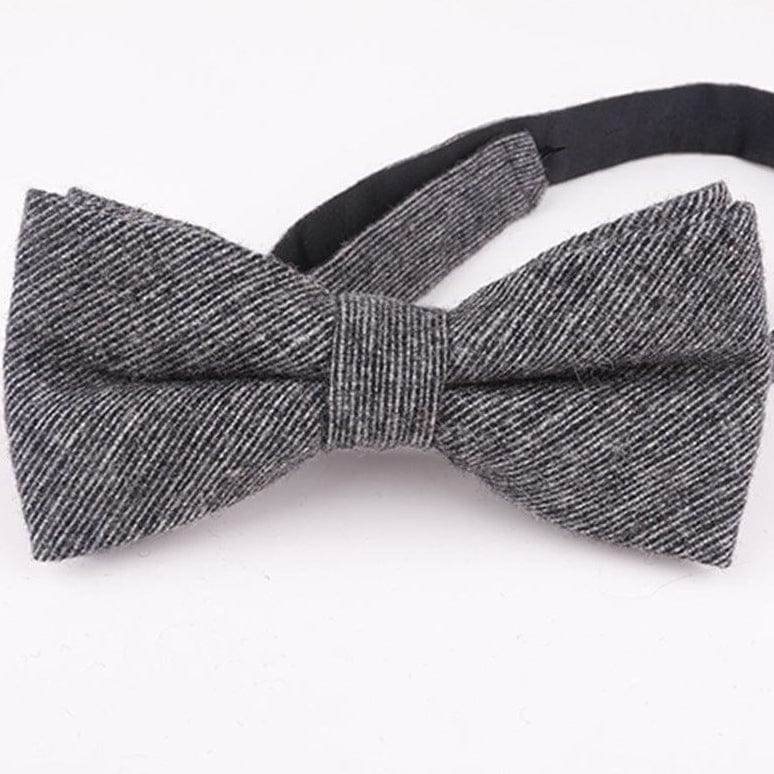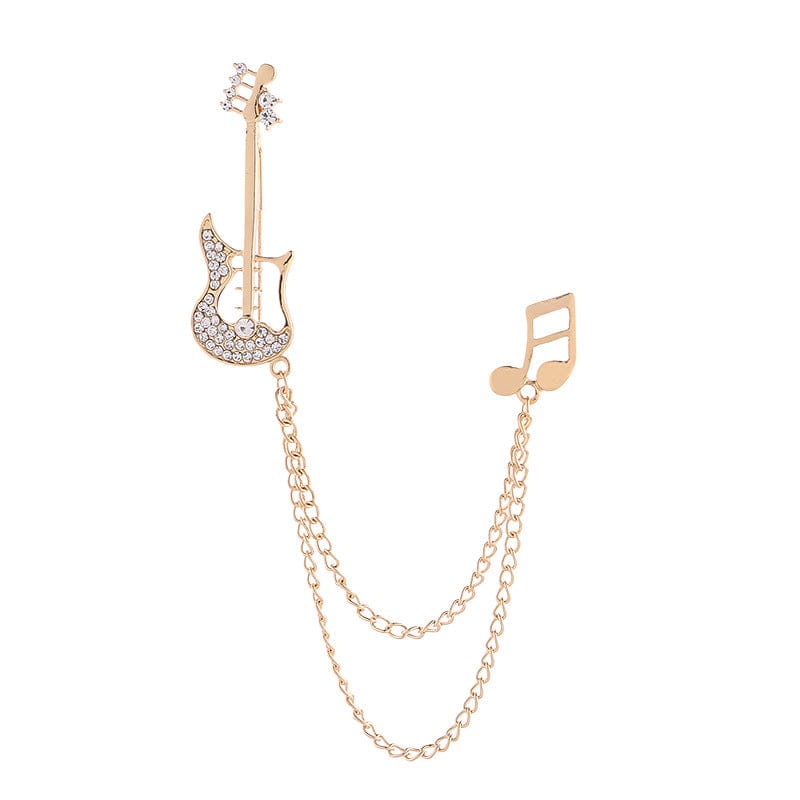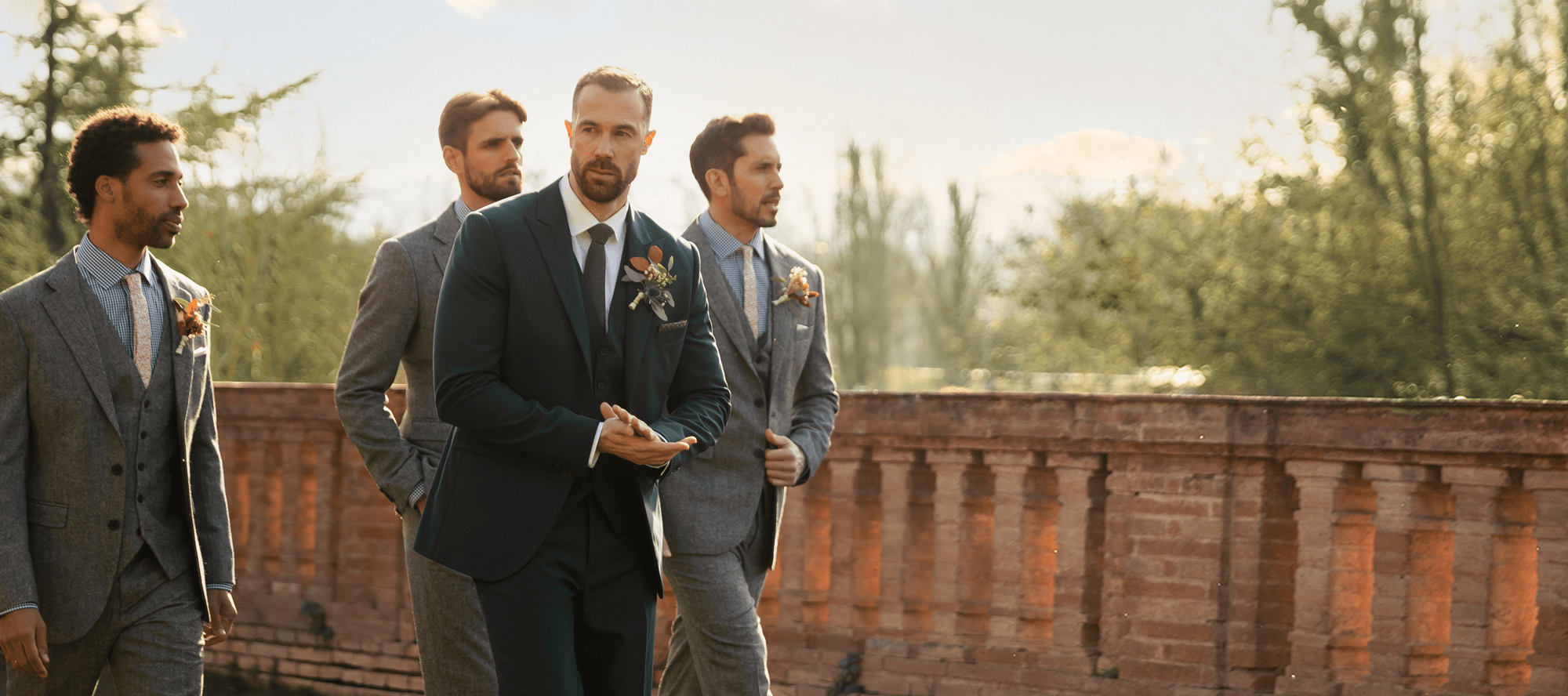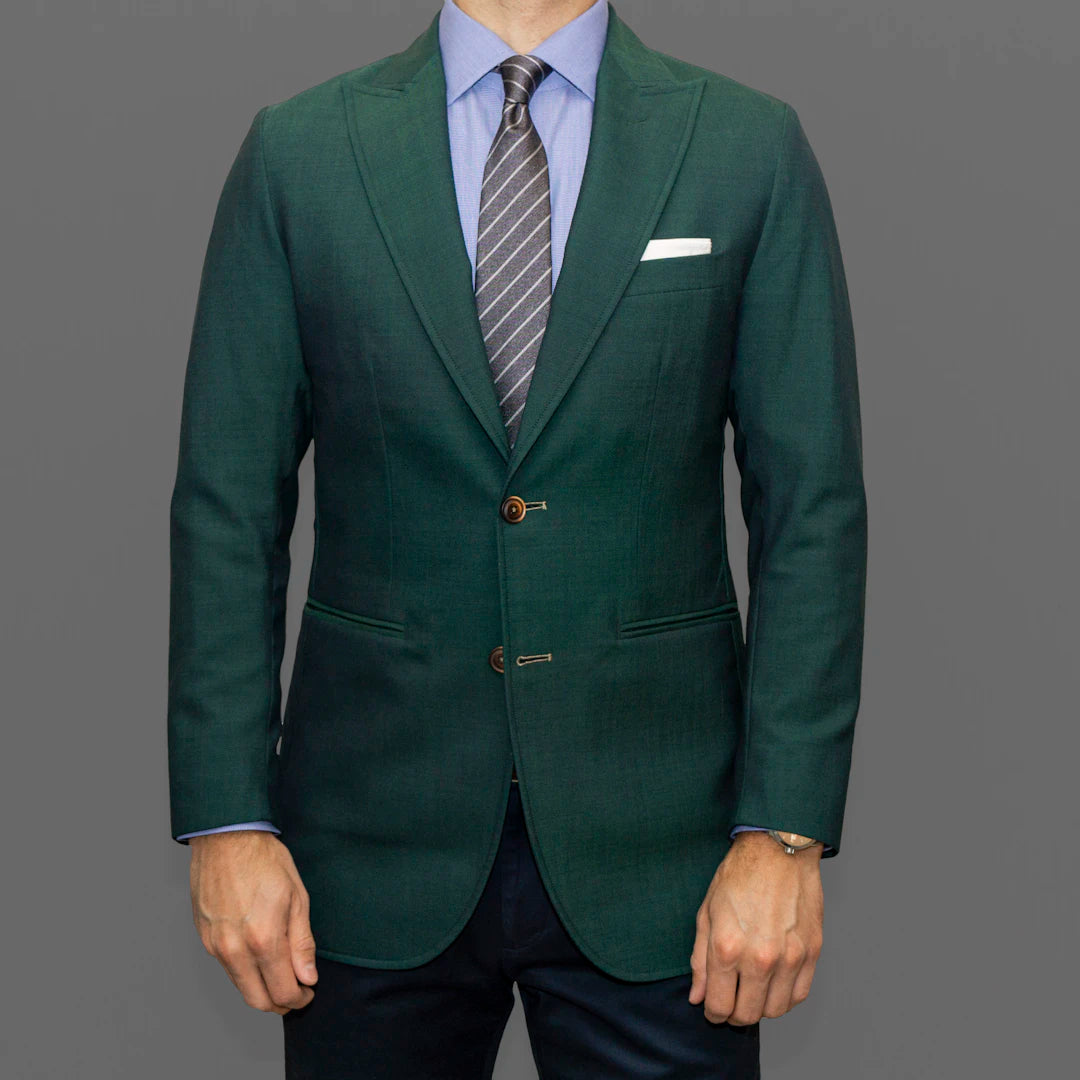Overview
A well-fitted suit is essential for making a strong impression at events like weddings and interviews. This guide covers the basics of different suit types (two-piece vs. three-piece), key components (jacket, trousers, waistcoat), fabric choices (wool, cotton, polyester, linen), and style elements (shirts, ties, accessories). Tailoring is crucial for achieving the perfect fit, and proper maintenance will extend your suit's lifespan. With this knowledge, you can confidently navigate the world of men's suits and elevate your style.
Frequently Asked Questions
1. What are the main types of suits for men?
2. What should I look for in a well-fitted suit jacket?
3. Which fabrics are best for suits?
4. How can I enhance my suit with accessories?
5. Why is tailoring important for a suit?
When it comes to making a statement, few garments can rival the impact of a well-fitted suit. Whether you're dressing for a wedding, an interview, or an important business meeting, a suit can elevate your ensemble and confidence. In this article, we'll explore the essential components that make up a perfect suit and how you can achieve that tailored look, even when seeking cheap suits. Armed with this knowledge, you’ll be ready to navigate the world of mens suits like a pro.
Understanding the Fundamentals of Suits
Before we dive into the specific components of a suit, it's important to understand the difference between various suit types. When shopping for mens suit options, it is critical to be aware of the distinctions between a two-piece and a three-piece suit.
The Two-Piece Suit
A two-piece suit typically consists of a jacket and trousers. This classic combination is versatile and suitable for numerous occasions, making it a staple in every man's wardrobe. On the other hand, the three-piece suit includes a waistcoat, adding an extra layer of style and sophistication.
The Three-Piece Suit
Mens 3 piece suits are favored for their polished appearance and are particularly great for formal events where you're looking to leave a lasting impression. The waistcoat can help achieve a distinguished look and it's a great way to showcase your personal style through color or pattern. For formal events, opting for mens dress suits in a classic fabric can help ensure you are well-dressed.
The Key Components of a Well-Fitted Suit
Now that we've established the different types of suits, let's break down the essential components that contribute to a great fit:
The Jacket
The jacket is often considered the centerpiece of any suit. Here’s what to keep in mind:
- Shoulders: The shoulders should sit flat against your body without any bulging or pulling.
- Chest: There should be enough room to button the jacket without straining but not so much room that it feels baggy.
- Length: The jacket should cover your backside but not extend too far down your thighs.
- Sleeve Length: Aim for about a quarter-inch of shirt cuff to show when your arms are resting at your sides.
The Trousers
Trousers also play a critical role in the overall fit of the suit. A well-fitted pair of trousers should:
- Waist: Fit comfortably around your waist without needing a belt (but belts can add style).
- Leg Length: The hem should lightly touch the tops of your shoes without bunching excessively.
- Fit: Trousers can be slim, regular, or relaxed-fit, but they should complement your body type.
The Waistcoat
If you choose to incorporate a waistcoat, here’s what to consider:
- Fit: The waistcoat should hug your torso without being tight to the point of discomfort.
- Length: It should ideally cover your waistband and be long enough to prevent gaps when seated.
- Style: Look for styles that allow for unbuttoning while sitting to maintain comfort.
Choosing Fabrics for Your Suit
The choice of fabric can significantly affect not just the appearance but also the comfort and longevity of your suit. Here are some popular options:
Wool
Wool is a traditional fabric for both formal suits for men and casual options. It’s breathable, durable, and holds shapes well, making it a top choice for mens dress suits.
Cotton
Cotton suits are generally lighter and great for warmer climates. They provide comfort and lend a more relaxed look while still being suitable for formal settings.
Polyester
While polyester suits are often considered to be less breathable, they are a practical choice when looking for cheap suits. They can be more durable and resistant to wrinkles.
Linen
Linen suits are ideal for summer events, thanks to their lightweight and comfortable fabric. However, keep in mind that they wrinkle easily, which may not be desirable for all occasions.
Style Elements to Enhance Your Suit
Once you have a well-fitted suit, consider adding personal touches to enhance your overall look. Here are some style elements to explore:
Shirts
The classic dress shirt is an essential component of formal attire. Choose colors that complement your suit, such as crisp whites, soft pastels, or subtle patterns. The collar style should match the lapels of your jacket—spread collars pair well with wider lapels, while point collars suit narrower ones.
Ties and Accessories
A tie can add character to your outfit. When selecting a tie, consider the fabric, pattern, and color. Silk ties are a luxurious option for formal settings, while knitted ties offer a more casual touch.
- Pocket Squares: A simple way to introduce color and flair to your suit.
- Cufflinks: These can add a finishing touch to your shirt’s cuffs.
- Belts & Shoes: Make sure your belt matches your shoes to create a cohesive look.
Tailoring: The Secret Weapon for a Great Fit
While off-the-rack suits can be decent, investing in tailoring can make a significant difference in the overall fit and appearance. A skilled tailor can adjust the jacket length, sleeve width, and trouser fit to ensure that the suit contours to your body perfectly. Here are a few tips:
- Look for tailors who have experience with mens suits and formal attire.
- Communicate your preferences clearly to ensure you get the desired fit.
Maintaining Your Suit
Once you’ve found or tailored the perfect suit, taking care of it is imperative to ensure longevity. Here are some maintenance tips:
- Dry Cleaning: Only dry clean your suit when necessary. Frequent cleaning can wear down the fabric.
- Storage: Use a suit hanger to help maintain shape, and store it in a breathable garment bag.
- Brushing & Steaming: Brush your suit to remove lint and use steaming instead of ironing to prevent fabric damage.
Your Path to Style Mastery
Equipped with this guide, you now have a solid foundation for selecting, styling, and maintaining your suits. Remember, whether you're choosing mens dress suits for casual outings or formal suits for men to make unforgettable impressions, investing in quality components and fit will serve you well in the long run. Take the time to explore different styles, fabrics, and tailoring options to discover what truly works for you. By adhering to these standards, you’ll project professionalism, confidence, and style, transforming your appearance and making heads turn.

